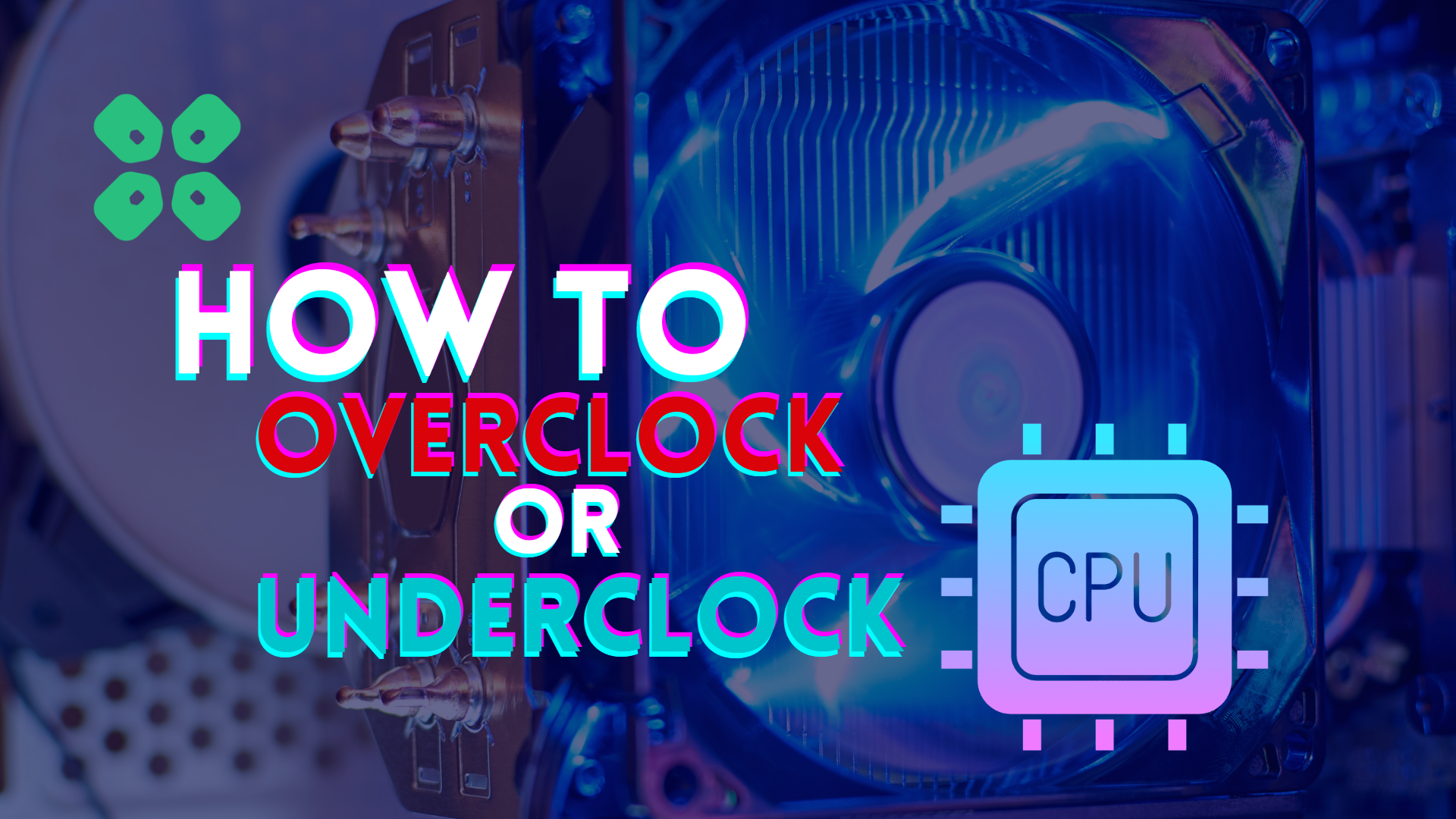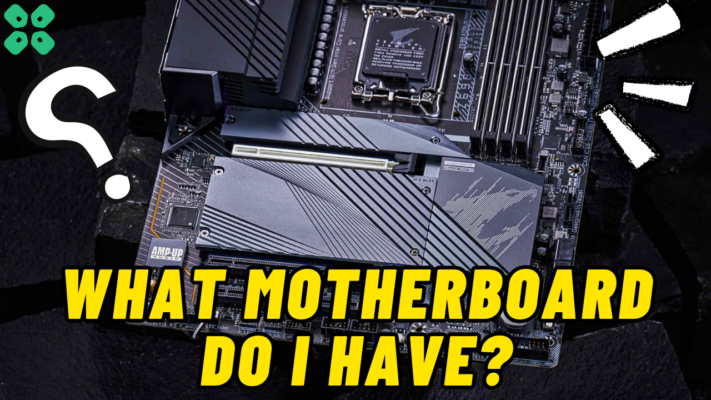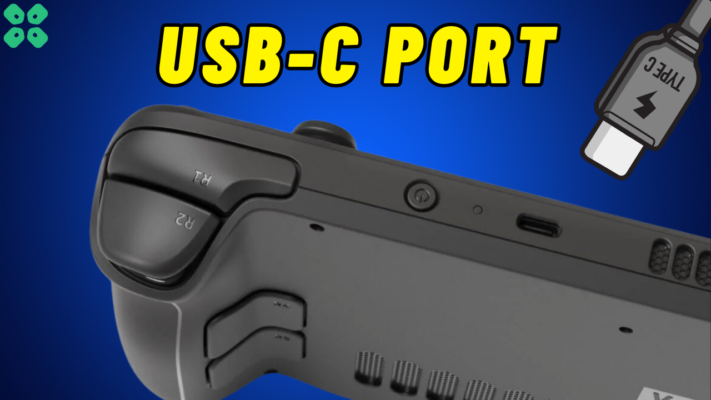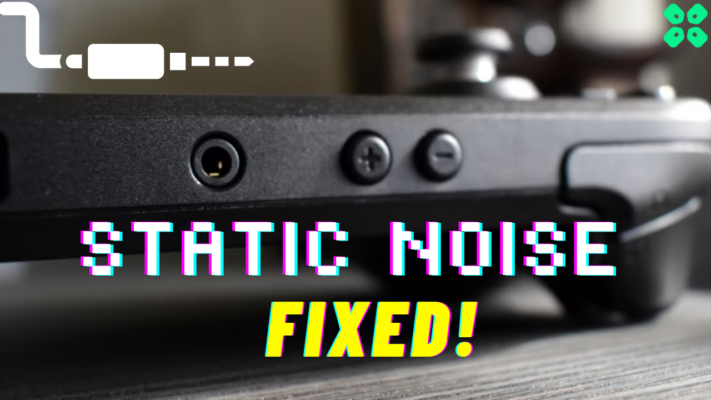Hello TCG fans!
Today we’re going to help you understand how overclocking can maximize your PC’s performance by raising its Clock speed past the manufacturer-set default. We will also be looking into Underclocking or Undervolting and how it helps reduce your power consumption with minimal performance loss.
What is Clock speed?
Clock speed is the frequency measured in Gigahertz (in older generations measured in Megahertz) of a CPU. Higher clock speed usually means better (read faster) performance.
Every second, your CPU processes multiple instructions (low-level calculations like arithmetic) from various programs. Your CPU’s clock speed tracks how many cycles it completes each second (gigahertz).
Technically speaking, a “cycle” is a pulse timed by an internal oscillator, but for our purposes, they serve as a primary measure of a CPU’s speed. The CPU contains billions of transistors that open and close during each cycle.
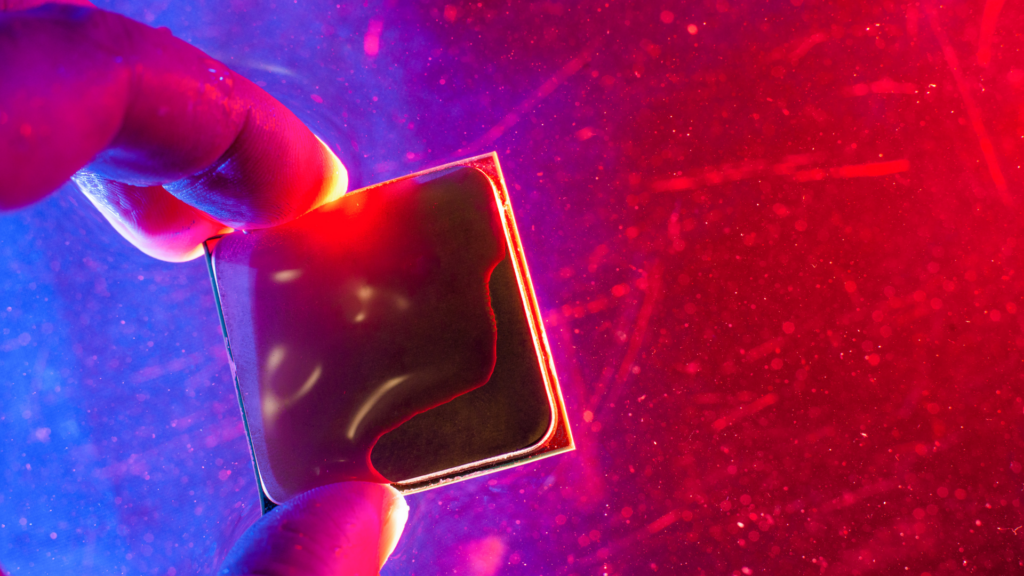
What is Underclocking?
You may have noticed that your computer frequently overheats and, in the case of laptops, rapidly reduces its battery life. Underclocking is done to extend the life of the computer’s battery and cut down on heat emissions and power consumption. Additionally, it is known to lengthen the useful life of the hardware and lessen mechanical part noise. Underclocking frequently increases the system’s compatibility and stability when done correctly.
A lot of time manufacturers underclock their much more capable processors so that they’ll meet energy and heat regulations, give better battery life in the case of laptops, and overall increase the system stability and its cooling requirement.
What is Overclocking?
Processors of different clock speeds are made in the same assembly line and only after the processors have been manufactured are they tested for problems, with the most troublesome ones being removed and manually “throttled down” to run slower in a computer.
Because of the way they were created, even these slower processors might potentially run at faster frequencies if required. In this situation, overclocking is useful.
Through overclocking, the throttling can be removed, allowing you to use the slower chip at a higher speed as if it were a more reliable model.
To accomplish this, you must increase the processor’s multiplier, which can be found in the UEFI or BIOS menu on your computer. This raises the CPU clock speed.
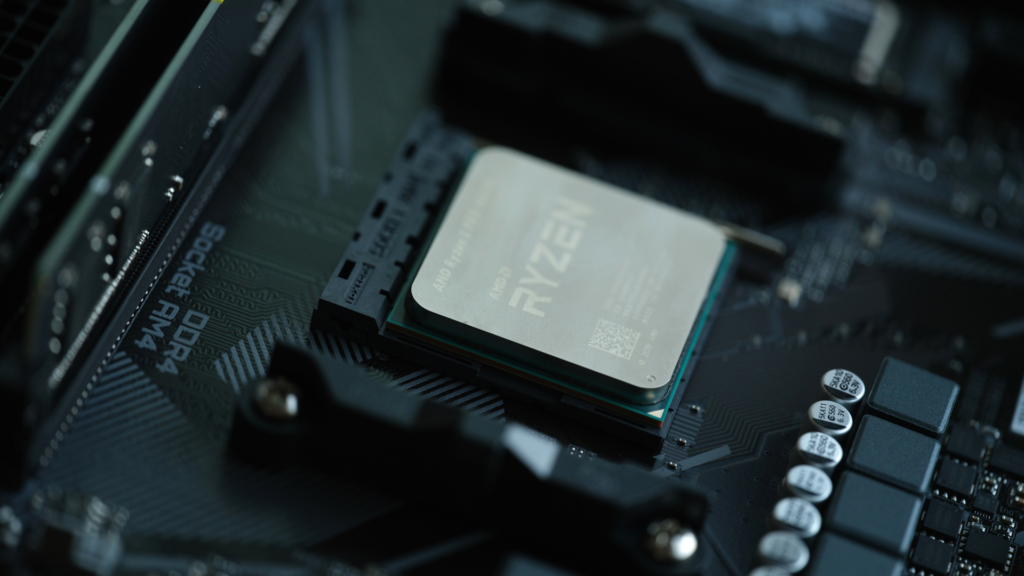
Prerequisites to OC’ing
So before we get into how and what to do when Overclocking, let’s look into what you need to check before you begin overclocking your PC safely:
1. Unlocked CPU.
One of the first things you should check is whether your processor actually allows overclocking in the first place. Intel uses the suffix “K” to identify its CPUs that are unlocked. These CPUs are typically found in the Core i5, i7, and i9 families, with Core i3 families appearing only very rarely. Although the “KF” chips can also be overclocked, they don’t have an integrated GPU. Many versions of AMD CPUs, including the most recent Ryzen 5000 chips, are unlocked and overclockable.
However, we do not advise overclocking a locked CPU. In fact, Intel recently issued a warning against overclocking its Alder Lake CPUs that aren’t K models.
2. Overclocking compatible Motherboard.
You’ll also need a motherboard with overclocking capabilities. In Intel’s case, the only chipsets that completely support overclocking are the ones with the “Z” prefix. Motherboards with B or H-series chipsets either don’t support anything or just support memory overclocking.
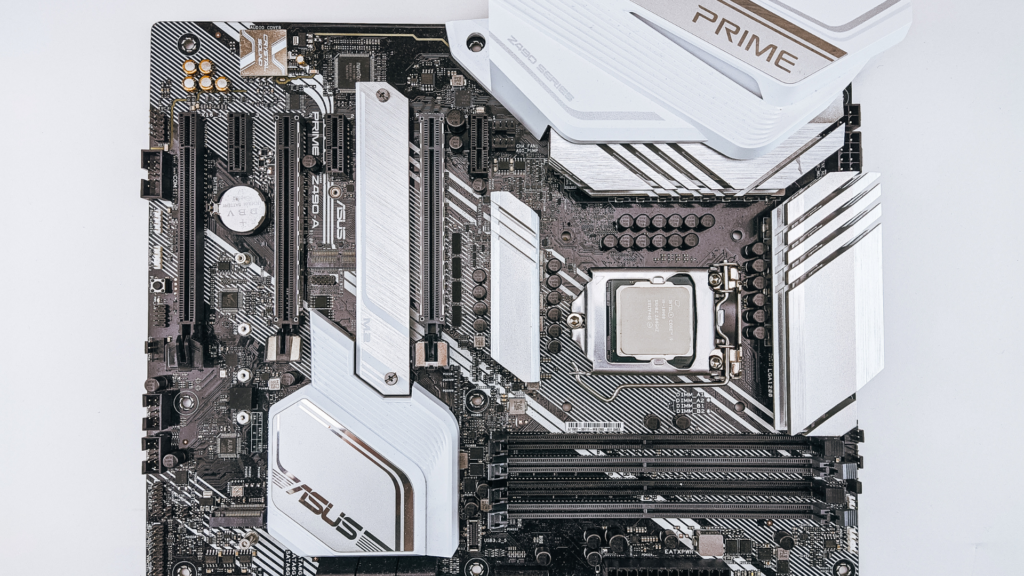
3. Enhanced Cooling solution.
It also goes without saying that you’ll need a high-end CPU cooler to handle the overclocked CPU’s thermal output. Even if your unlocked CPU has a stock cooler, I would advise against OC’ing with it. Not all unlocked CPUs come with a cooler.
I would also recommend some good quality thermal paste depending on your budget for both these could determine how much performance you will be able to squeeze out of them.
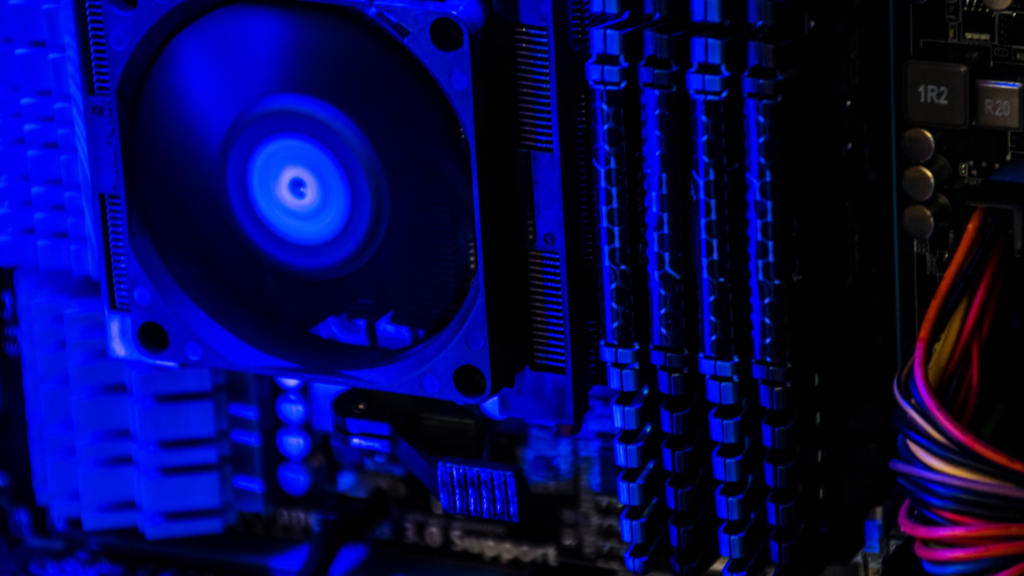
4. Good Quality PSU
This is a super important component, you’ve to make sure it has enough room to accommodate the increased power draw required when you are OC’ing. A bad PSU or one with not enough power to power your PC especially while it’s Overclocked may cause crashes and abrupt shutdowns. To avoid this I suggest getting a good PSU with more than ample extra power to safely support your OC.
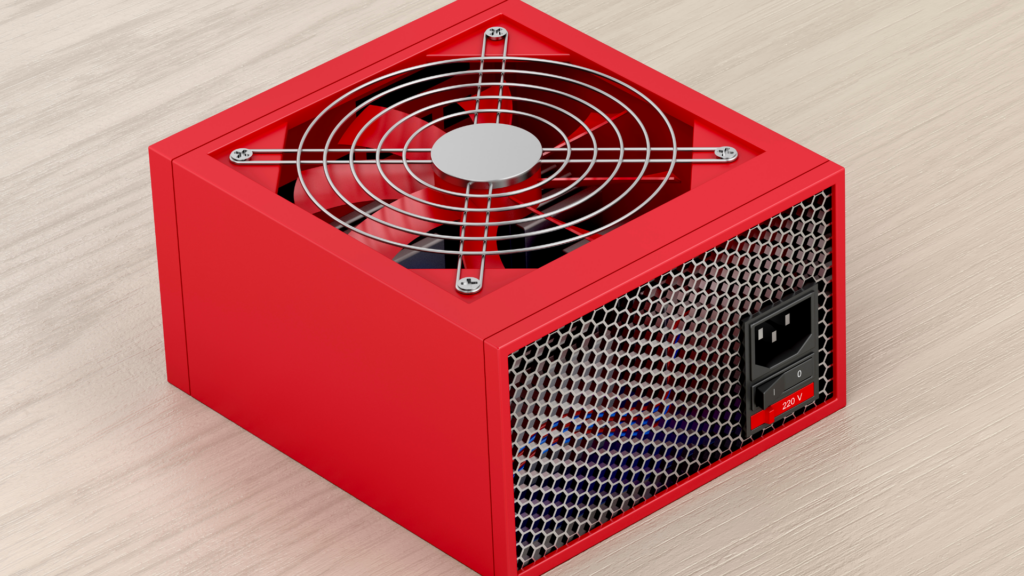
How to Overclock:
Here’s a general guideline that could be applied to any Computer new or old that is capable of OCing. To keep this easy for beginners we’ll only be discussing Auto overclocking configurations.
CAUTION: We can’t specify settings for each and every component combination so we advise doing thorough research about recommended settings by other users of your hardware setup.
- Restart your computer and go to the startup menu in the UEFI or BIOS to overclock the CPU. You should search for the overclocking controls because these startup BIOS screens differ significantly across manufacturers.
- It’s recommended to only slightly raise the multiplier, restart the machine, and test it.
- To get the desired frequency, you can gradually increase the clock speed.
- Spend some time “stress testing” the computer after each increase in clock speed. To verify that the PC is working properly, you can temporarily run it at 100% CPU load using software like AIDA64.
- Return to the UEFI or BIOS menu and change to a slower clock speed if your computer freezes crashes, or displays the Blue Screen of Death if your applications refuse to launch.
Watch this video once you’ve learned the basics from this read:
Endnote
To conclude our lesson on Overclocking and Underclocking I would like to advise all users but especially those new to it to not push the hardware they want to OC by a lot in the start. Experiment by increasing little by little and stress testing thoroughly to ensure your PC is stable.
Read expert advice about your particular setup and stay within the safe range specified by them.
I hope this was informative, if I’ve neglected to mention anything please let me know in the comments.

